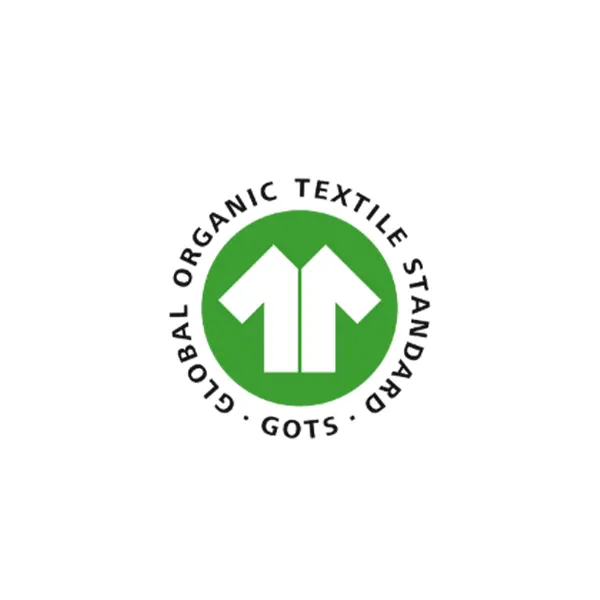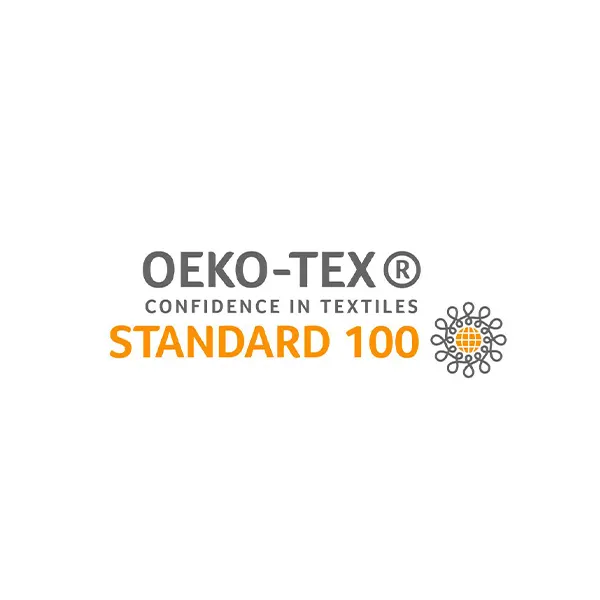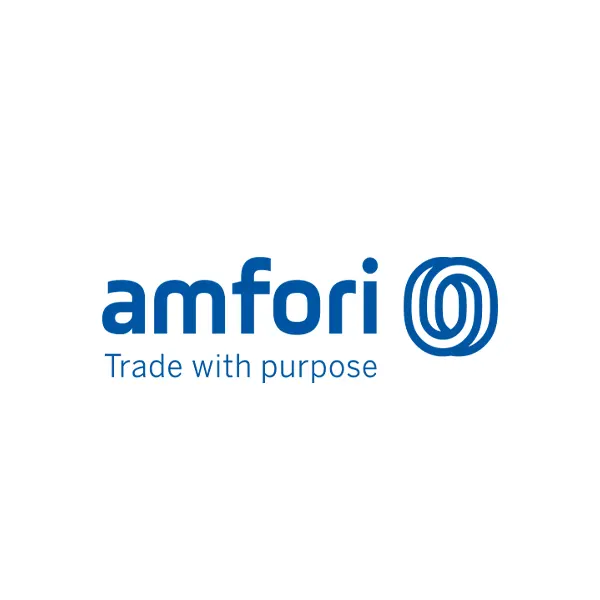ECO-FRIENDLY BAMBOO GARMENTS



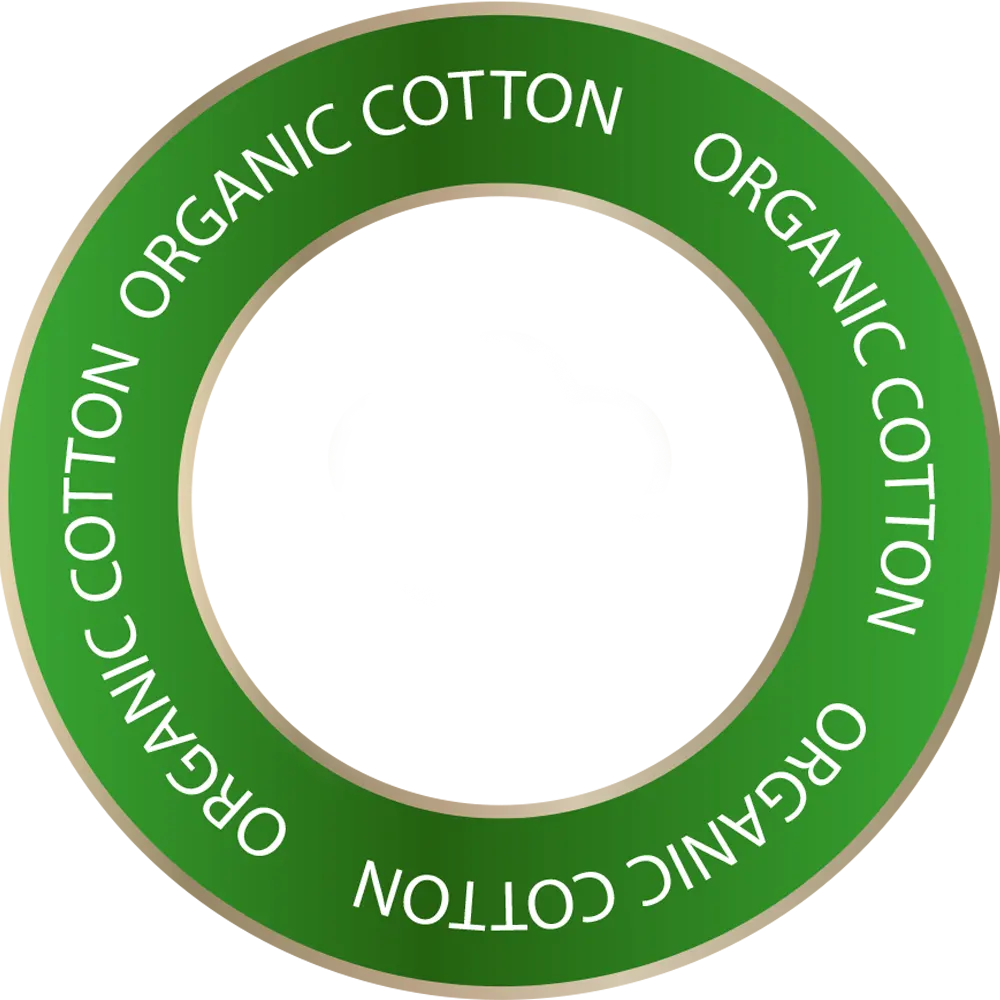

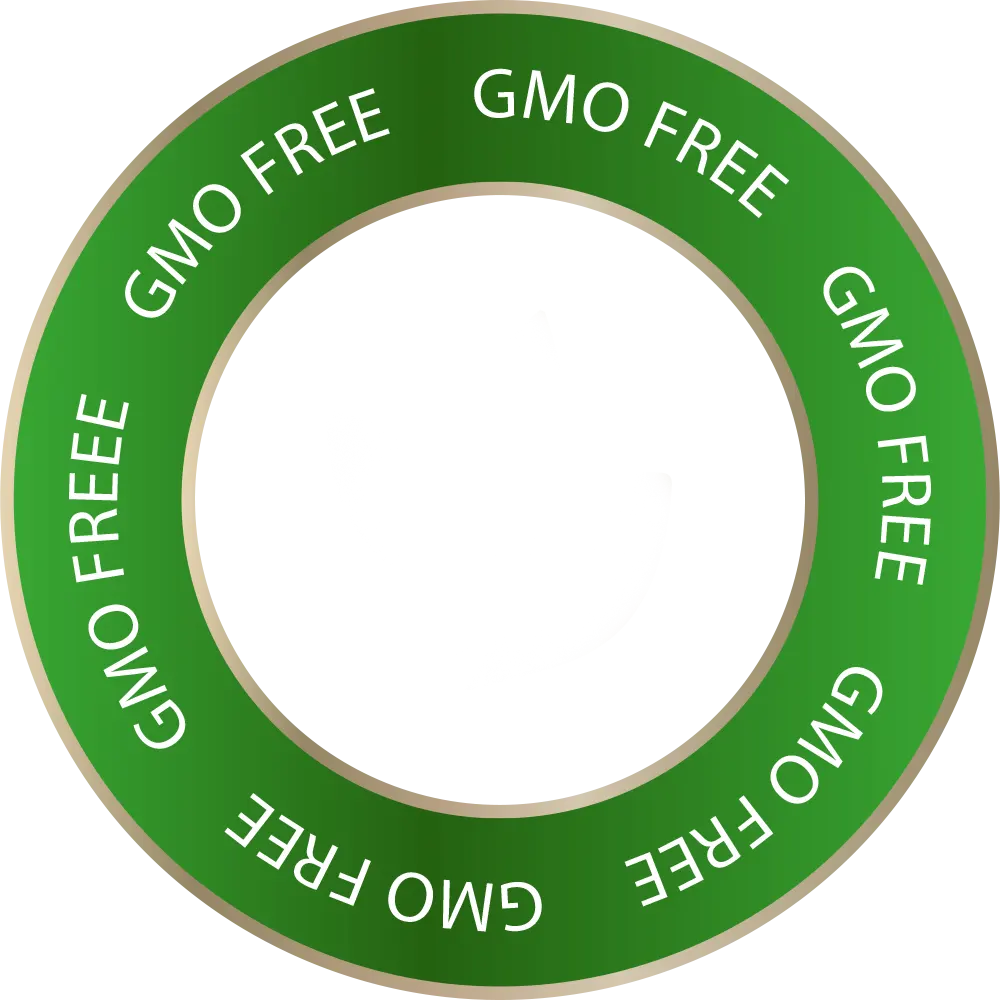
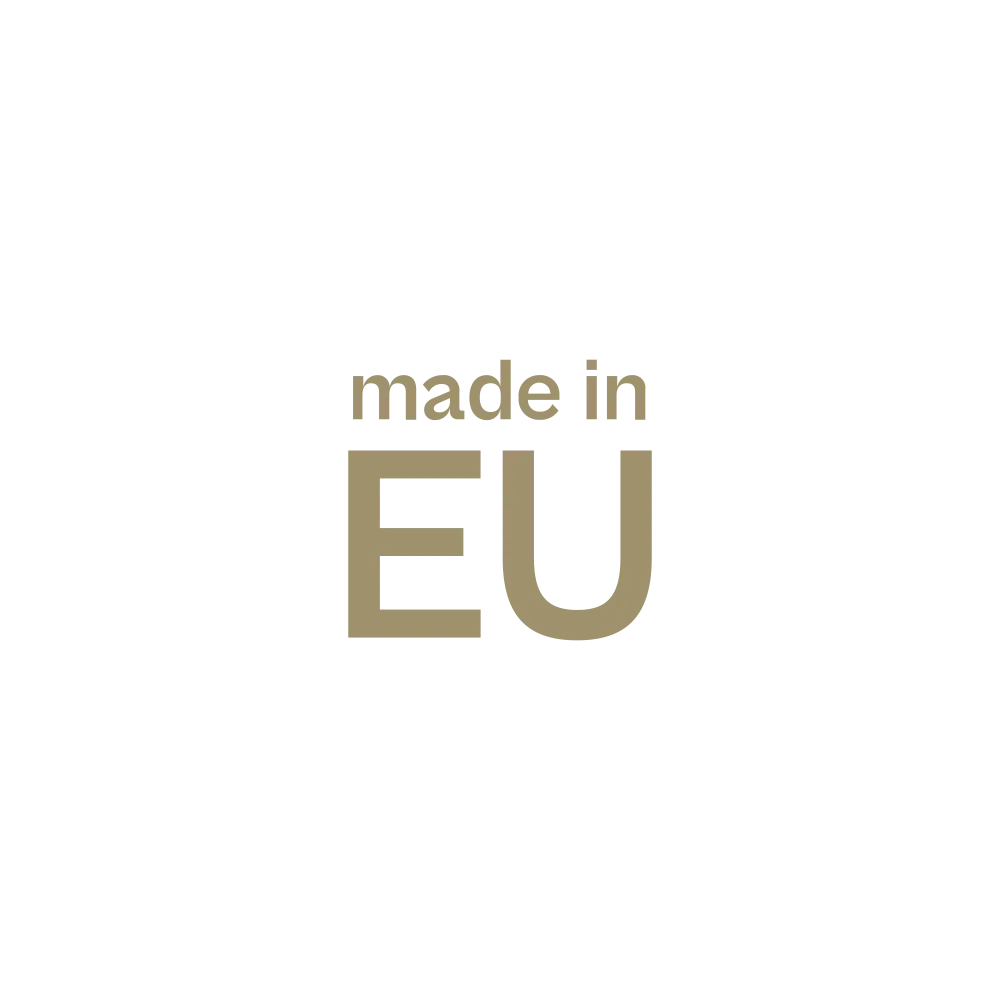
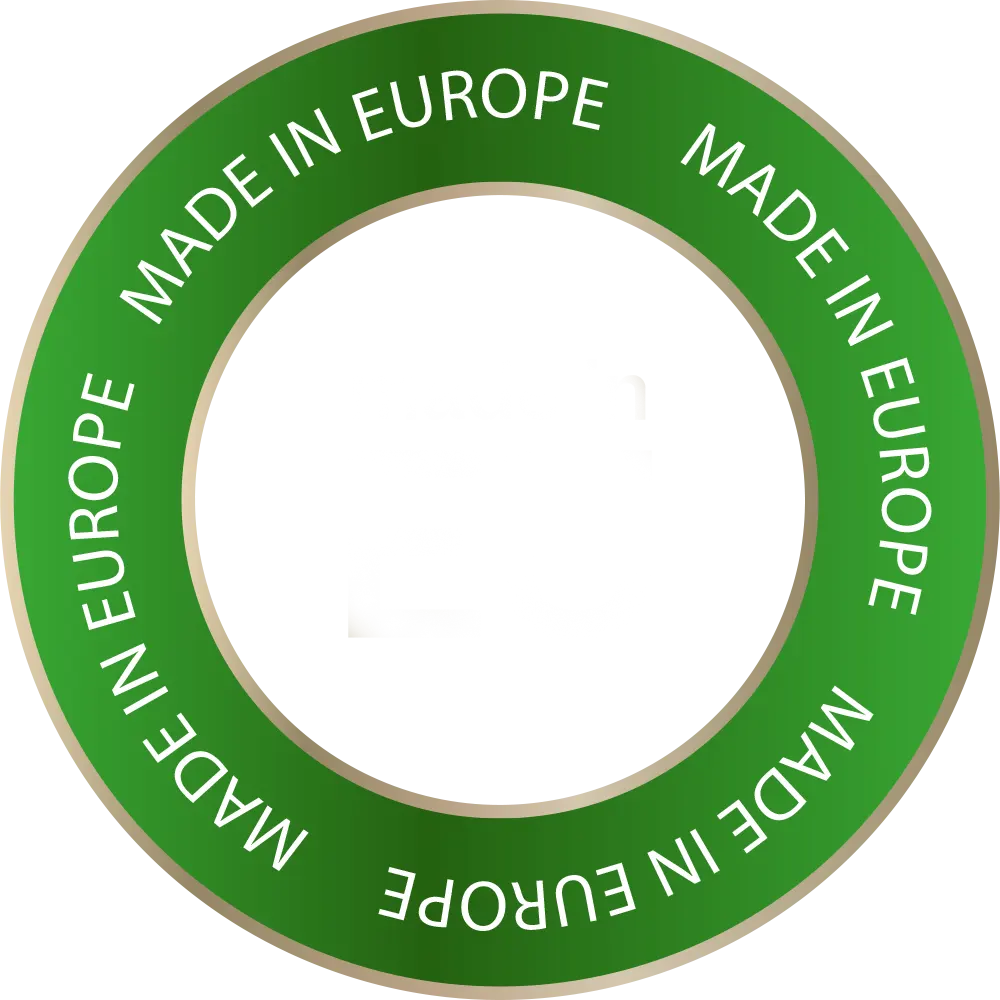
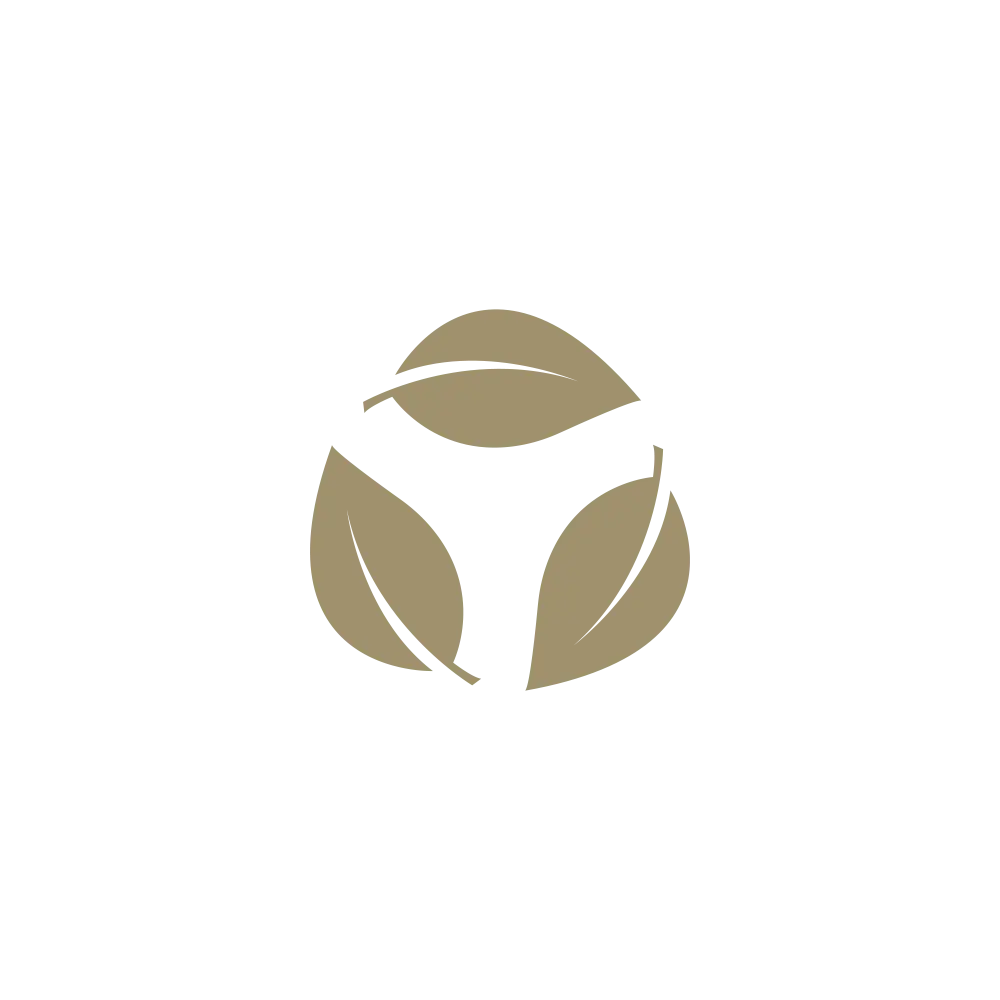
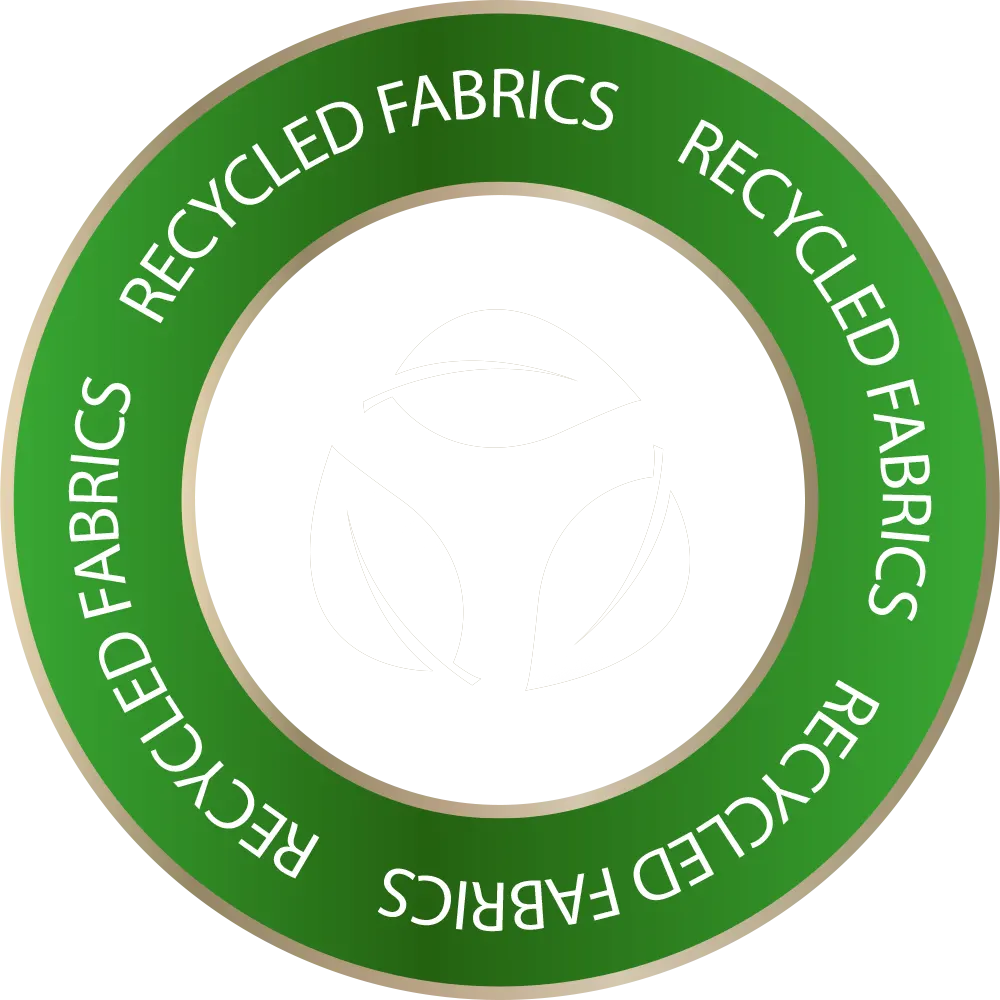
PROCESSING BAMBOO INTO SOFT CLOTHING
Now that we’ve processed the bamboo, it is called bamboo viscose. These bamboo viscose yarns are washed, bleached and dried – these are the final steps before the yarn is woven into soft bamboo clothing.
After washing, bleaching and drying, the bamboo yarn is combined with other materials such as cotton yarn. This careful fusion of threads reinforces the fabric. The result is the most comfortable clothing in which bamboo is by far the most important component. In the next chapter, we explain how to minimise the impact of cotton use.
Now that we’ve processed the bamboo, it is called bamboo viscose. These bamboo viscose yarns are washed, bleached and dried – these are the final steps before the yarn is woven into soft bamboo clothing.
After washing, bleaching and drying, the bamboo yarn is combined with other materials such as cotton yarn. This careful fusion of threads reinforces the fabric. The result is the most comfortable clothing in which bamboo is by far the most important component. In the next chapter, we explain how to minimise the impact of cotton use.
PERKS OF WEARING BAMBOO GARMENTS
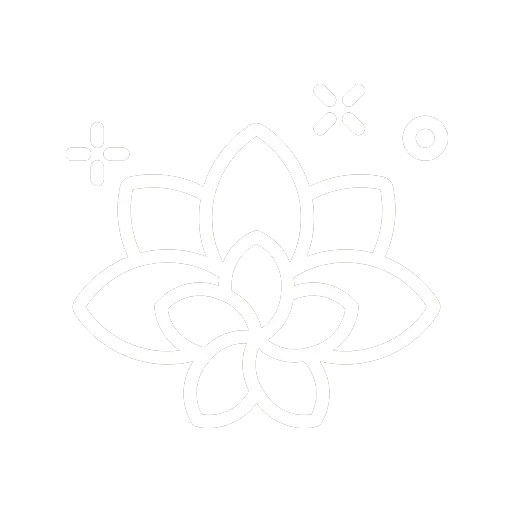
Thanks to the microscopic holes in bamboo fibres our products offer excellent ventilation, which will keep you feeling fresh and dry significantly longer.

The smooth structure of the bamboo fibre offers unique softness and excellent comfort.
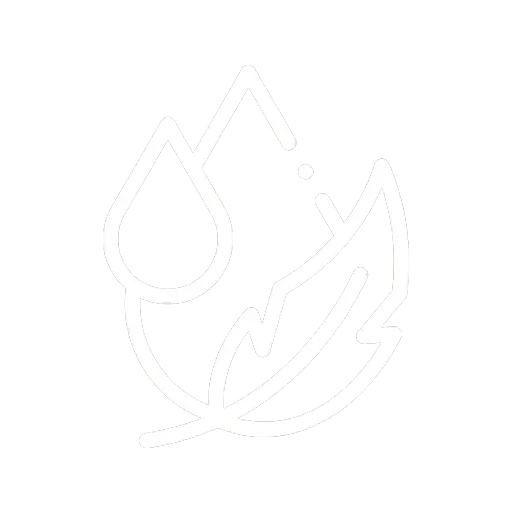
Bamboo does not trigger any allergic reactions, hence it is particularly convenient for those who have sensitive skin, or suffer from allergies.

Natural UV protection, and it can filter up to 97.5 % of harmful UV rays.
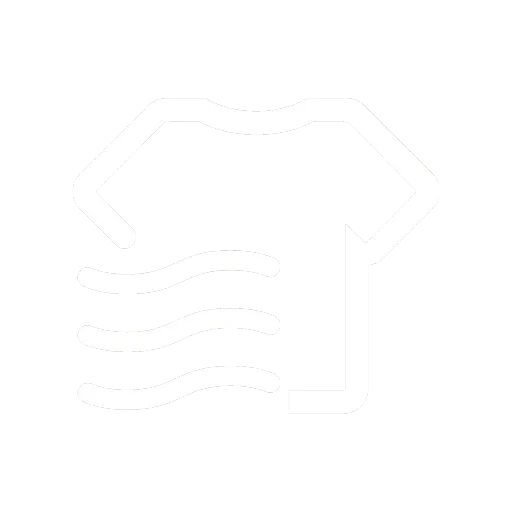
Forget ironing! Due to the properties of bamboo fibres, the fabric is almost impossible to wrinkle, and even after frequent washing, it holds its shape exceptionally well.
visbatex cares
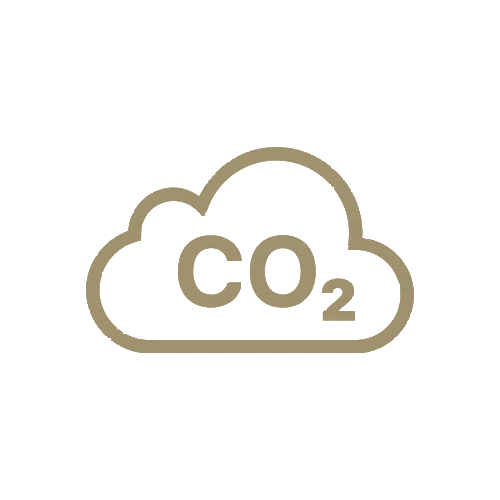
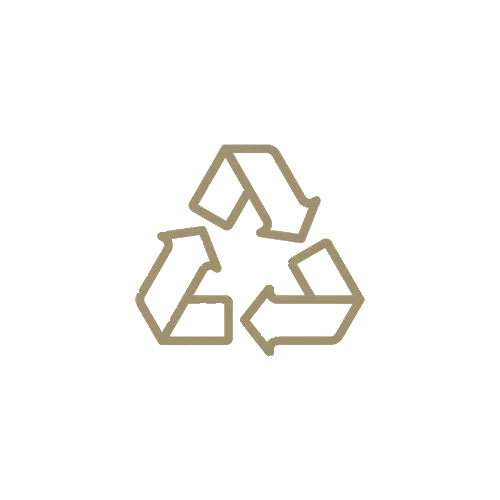



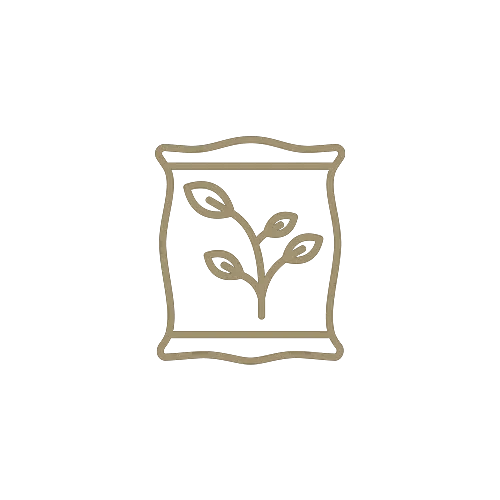






Certification
The Global Organic Textile Standard (GOTS) is recognized as the world's leading processing standard for textiles made from organic fibers. Not only does it ensure that the plants are grown organically, it also requires environmentally and socially responsible manufacturing
This label verifies the presence and amount (95-100 percent) of organic material in a final product and tracks the flow of the raw material from its source to the final product.
A global certification system for environmentally friendly and socially responsible production facilities in the textile and clothing industry. If clothing bears the OEKO-TEX quality mark, it does not contain any harmful substances. Therefore our products are better for your skin and your overall health.

